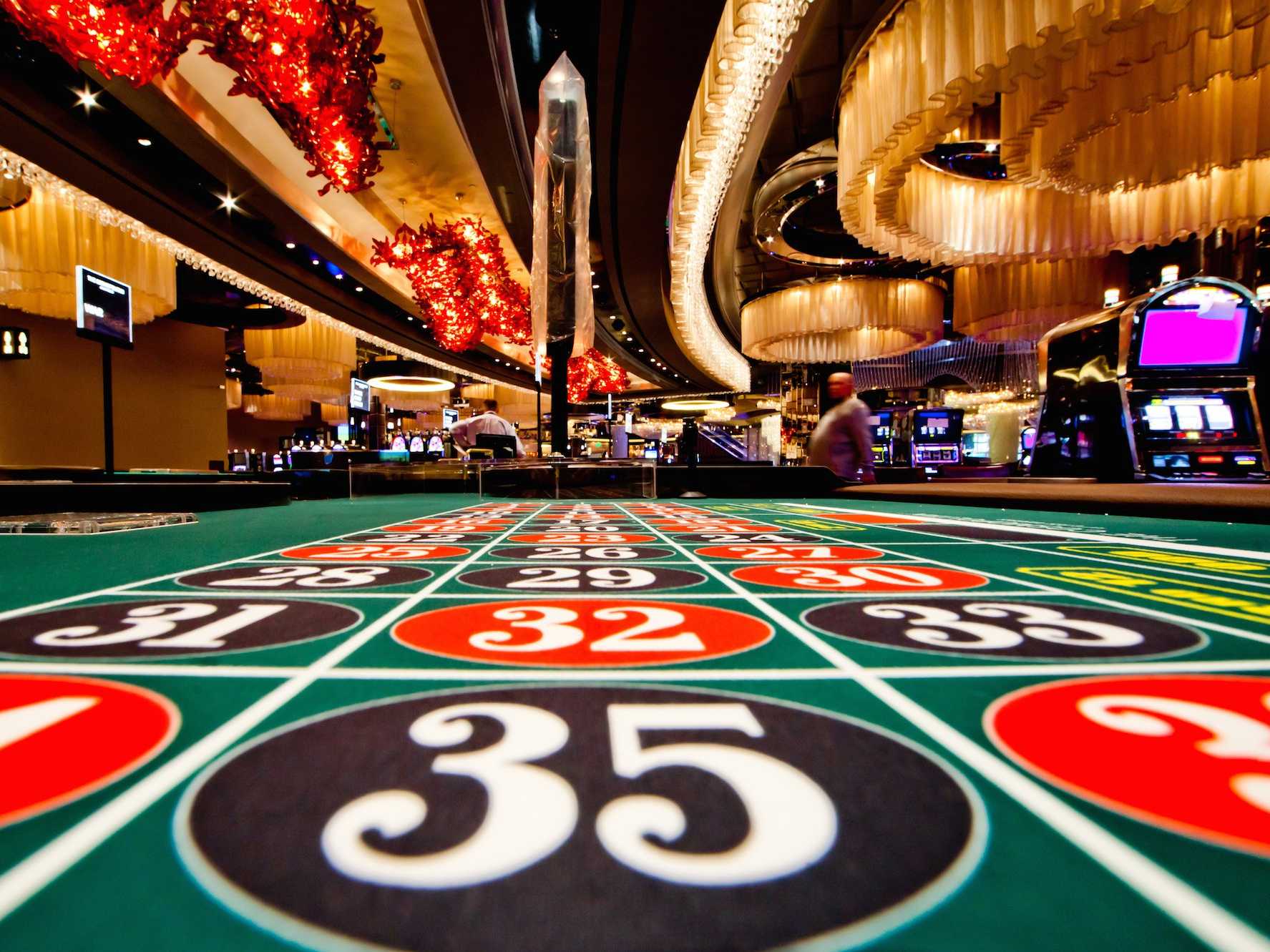The realm of casino entertainment has long captivated participants with its combination of adventure, strategy, and the thrill of chance. As technology progresses and the gambling landscape transforms, an exciting approach known as game mechanics has started to redefine the way we interact with these iconic activities. By incorporating gaming features such as challenges, incentives, and progress tracking, gamification enhances player interaction and changes the classic casino atmosphere into a much dynamic and engaging environment.
This approach in casino games not only attracts to seasoned gamblers but also invites a new group of players who desire a more involved experience. Featuring elements that promote involvement and foster community among participants, the game-based features breathe fresh energy into beloved classics like poker, blackjack, and slot machines. In we delve deeper into this trend, we will explore how this trend is transforming the casino experience, making it more accessible, entertaining, and rewarding for all involved.
Grasping Game Mechanics
Gamification refers to the application of gaming aspects in real-world contexts to enhance player engagement and interaction. In the domain of gambling, this idea has gained considerable momentum, altering classic gaming into a more engaging and fulfilling experience. By including elements such as points, levels, and rewards, casinos can establish an atmosphere that encourages players to participate more frequently and for extended durations.
At the core of gamification is the desire to harness the internal drives of players. Casino games that utilize gamification methods are designed to not only entertain but also to foster competition and achievement. xin88 Players are often compelled to the immediate feedback and progress tracking that these features provide. This not only keeps them involved but also fosters a notion of achievement as they achieve goals and unlock fresh features.
Additionally, gamification can improve social interaction among players, creating a community atmosphere that enriches the pleasure of casino games. Elements such as ranking systems, group contests, and teamwork activities allow players to link with fellow players, exchange experiences, and compete in a good-natured manner. This social aspect adds another facet to the gaming experience, rendering it more immersive and enjoyable for gamers. hướng dẫn xin88
Impact on User Interaction
Game design strategies in gaming establishments have significantly transformed the way gamers interact with their beloved activities. By including features such as prizes, leaderboards, and trophies, gambling establishments create an atmosphere that fosters a stronger relationship between users and the experiences they enjoy. This enhanced engagement leads to extended gaming sessions and increased player commitment, as players endeavor to unlock new stages or claim exclusive bonuses.
Moreover, the interactive aspect of game-based casino games cannot be overlooked. Numerous platforms allow users to battle against peers or other users, which introduces a layer of anticipation and friendship. This competition drives engagement by appealing into gamers’ drive to compete, prompting them to revisit for more in order to enhance their position or demonstrate their successes. As a result, the community engagement foster a feeling of togetherness that encourages users coming back.

Furthermore, the immediate recognition and validation provided by gamification serve to encourage players. It may be a notification of a recent accomplishment or the joy of earning a reward, these quick recognitions play a vital role in maintaining attention. By constantly providing gamers for their participation, casino games become not only a hobby; they develop into an interactive experience that holds users and enhances their overall enjoyment.
Trends in Casino Game Design
The landscape of casino game design is constantly evolving, driven by technological advancements and evolving player preferences. One significant trend is the incorporation of immersive technologies, such as VR reality and AR reality, to enhance the gaming experience. These technologies create a more engaging environment, allowing players to feel as though they are in a real casino, which can lead to longer play sessions and increased player satisfaction.
A further trend is the integration of narrative elements into casino games. Game designers are focusing on storytelling to create a deeper connection between the player and the game. This narrative-driven approach not only makes the games more enjoyable but also motivates players to engage emotionally, which can enhance their overall experience. By combining traditional gaming mechanics with engaging stories, developers are drawing in a broader audience who may not have before engaged with casino games.
Lastly, the emergence of social gaming features is reshaping how players interact with casino games. Many games now incorporate social elements, such as broadcasting achievements or challenging with friends, to promote community and engagement. This trend reflects a shift towards a more interactive experience, where players can connect with others, sharing their enthusiasm and struggles. As casinos adapt to these social dynamics, the act of gaming becomes not just about individual play, but also about building connections among players.